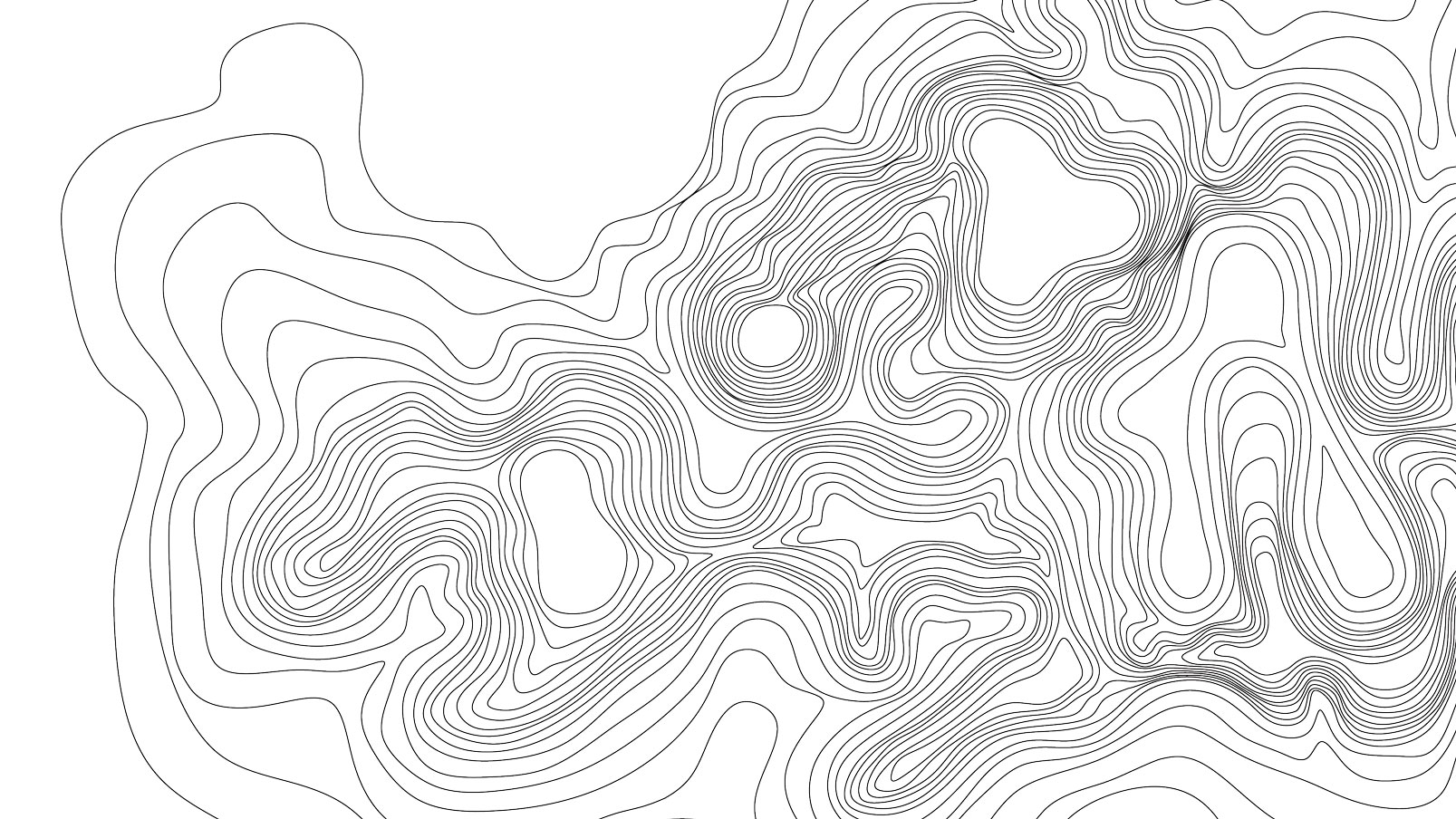CENTER FOR INNOVATIVE MICROWAVE REMOTE SENSING
THE NEXT WAVE IN REMOTE SENSING
-Microsatellites and remote imaging technology are revolutionizing the way we predict earthquakes and monitor disaster zones.
Research Keywords: Microwave Remote Sensing, Synthetic Aperture Radar, Environment and Disaster Monitoring
 © iStock.com/Sirintra_Pumsopa
© iStock.com/Sirintra_PumsopaThe Microwave Remote Sensing Laboratory is far more than a laboratory. It is an experimental aerospace workshop where world experts in remote sensing collaborate with mechanical and aerospace engineers to construct state-of-the-art microsatellites and airborne sensors. The research team specializes in microwave-radar technology for detecting ground movements and earthquake predictors as part of a new generation of remote sensing technologies.
“Microwave radiation is particularly useful for remote sensing because it penetrates cloud, haze and fog, allowing us to observe the Earth’s surface from space,” explains Josaphat Tetuko Sri Sumantyo who leads this research project. The core area in this research project is the development of synthetic aperture radars (SARs) for microwave remote sensing to monitor land deformation. SAR emits a microwave signal in the direction of the target and then detects microwaves scattered from the target. By comparing SAR images obtained before and after a change such as an earthquake or a landslide, researchers can determine how much the land has moved.
The research team has a well-developed research-and-development program with 15 researchers, 25 students and facilities for designing, manufacturing, calibrating and operating SAR for both aircraft and micro- satellite applications.
ADVANCED AEROSPACE FACILITIES
“Our facilities include an anechoic chamber for calibrating sensors, a satellite–ground communication system, and microsatellite calibration and measurement systems. We also have a simulator for designing microwave circuits and antennas, along with a suite of manufacturing equipment,” says Sri Sumantyo. “We even have our own 6-meter experimental unmanned aerial vehicle, the JX-1, which we developed in this laboratory.”
They have already developed SAR sensors for circularly polarized (CP) microwave radiation in the L, C and X bands, which have been deployed on both large and small aircraft, as well as on the JX-1. The CP-SAR sensor is the first of its kind, utilizing interference between left- and right-handed circularly polarized light to obtain precise information about the Earth’s surface in a compact, lightweight and inexpensive sensor.
We have developed several techniques based on SAR imaging to monitor infrastructure and areas affected by disasters such as forest fires, landslides, subsidence and volcanic eruptions,” says Sri Sumantyo.
Engineers in this team are developing two novel microsatellites. One is equipped with radio occultation and electron density temperature probe sensors for measuring the atmospheric signatures thought to precede earthquakes, while the other is a CP-SAR satellite with lightweight gold-coated mesh antenna. These satellites are poised to take the lab’s research beyond the stratosphere.
“Our microsatellite program is very exciting for future SAR sensor applications and planetary exploration,” says Sri Sumantyo. “We eventually aim to have five microsatellites in orbit, which will provide real-time monitoring for global disaster mitigation and research.”
The team has strong collaborations with Japanese and overseas research institutions and industry — it has more than 50 agreements with research and industry partners throughout the world. The group also encourages short- and long-stay programs under various government programs, through which more than 500 students and researchers from many different countries have worked at the lab.
(CHIBA RESEARCH 2020)Members
Principal Investigator
| Name | Title, Affiliation | Research Themes |
|---|---|---|
| Tetuko Sri Sumantyo JOSAPHAT | Professor, Center for Environmental Remote Sensing | Microwave Remote Sensing |
Co-Investigatior
| Name | Title, Affiliation | Research Themes |
|---|---|---|
| NAMBA Kazuteru | Associate Professor, Graduate School of Engineering | Integrated Circuit |
| LIU Wen | Assistant Professor, Graduate School of Engineering | Urban Engineering |
| HATTORI Katsumi | Professor, Graduate School of Engineering | Geophysics, Radio Physics |
| NAKATA Hiroyuki | Associate Professor, Graduate School of Engineering | Artificial Systems Science |
| HONGO Chiharu | Associate Professor, Center for Environmental Remote Sensing | Remote Sensing of Agriculture |
| KATO Akira | Associate Professor, Graduate School of Horticulture | Forest Remote Sensing, GIS |
